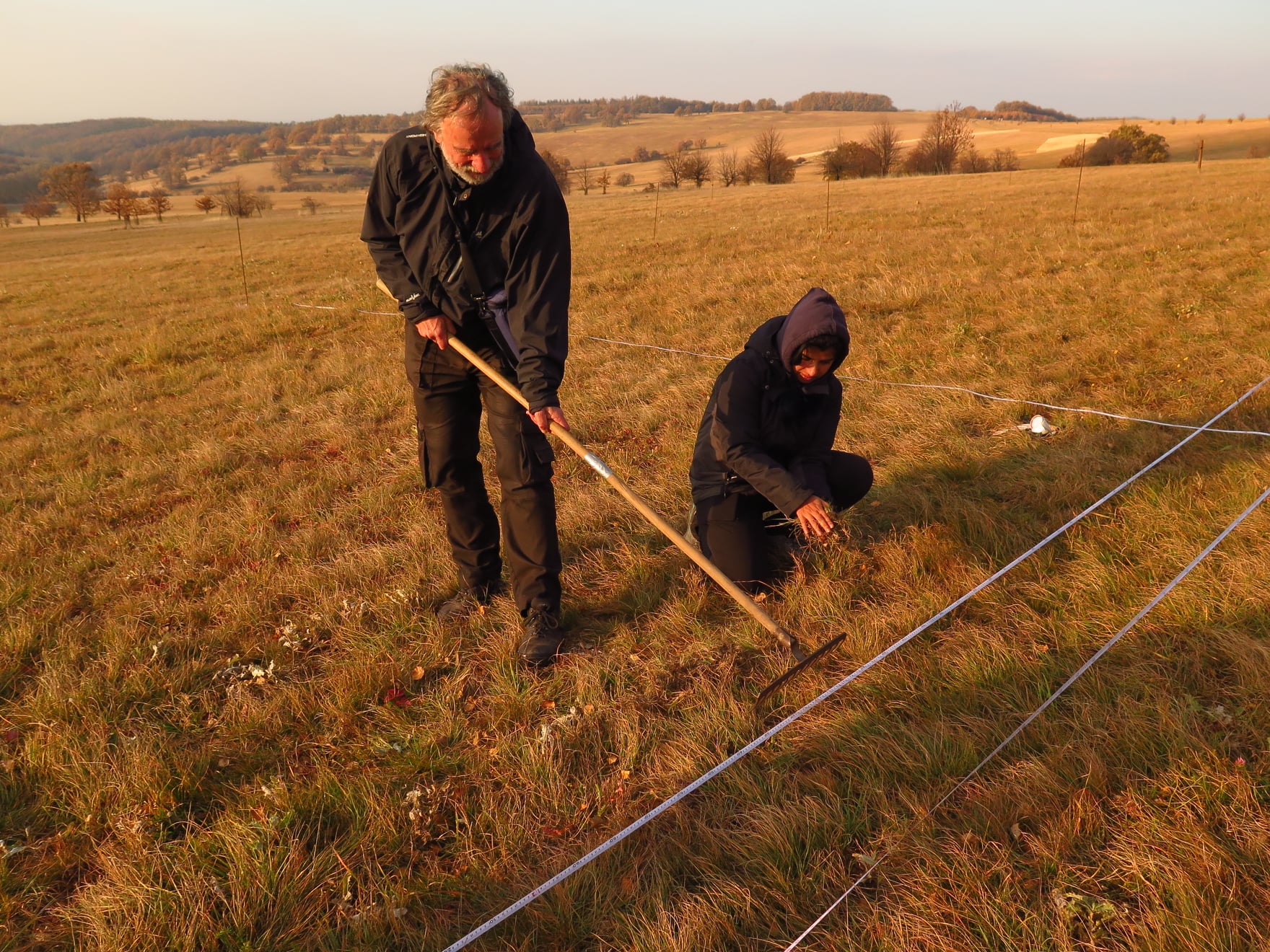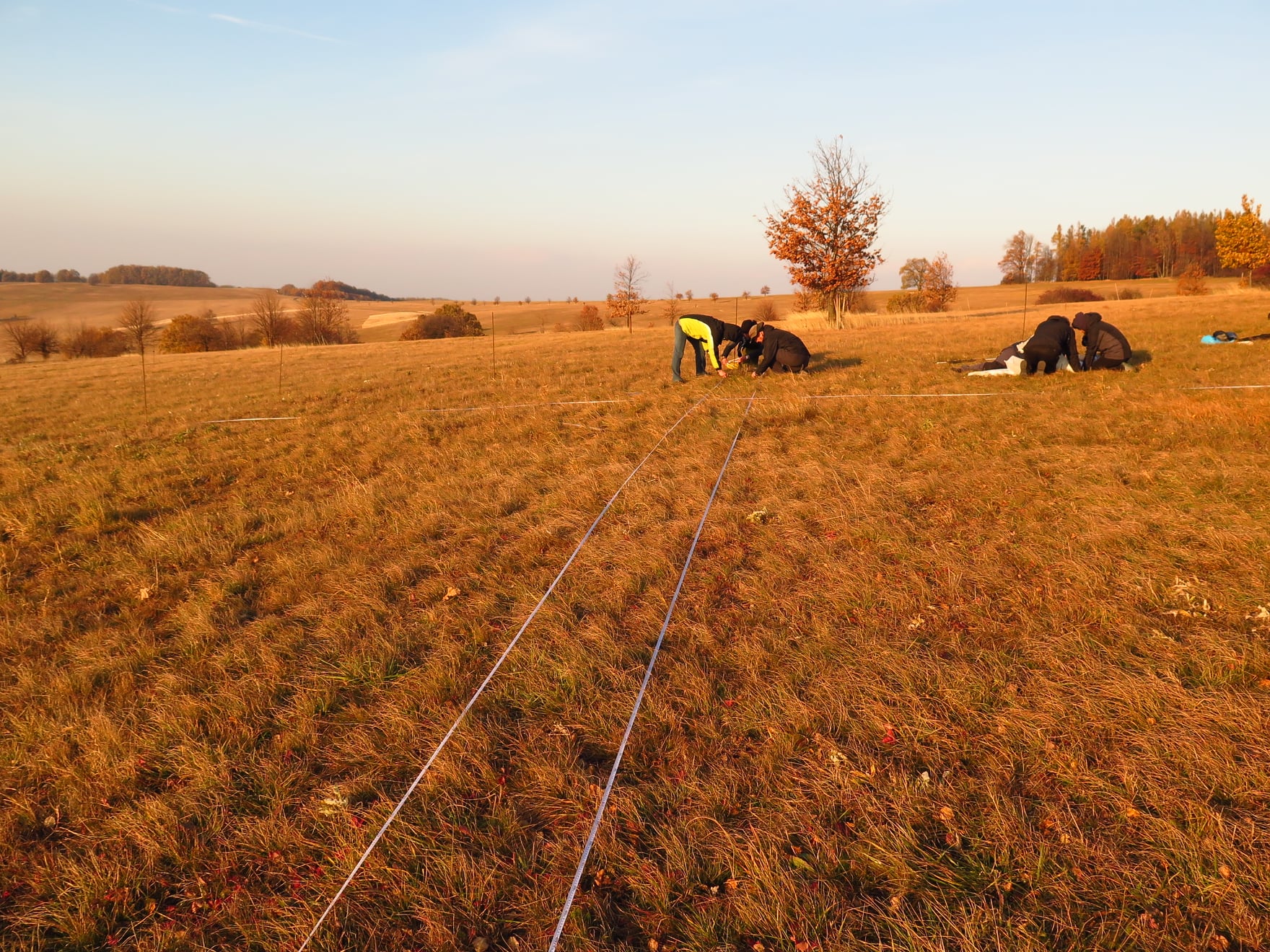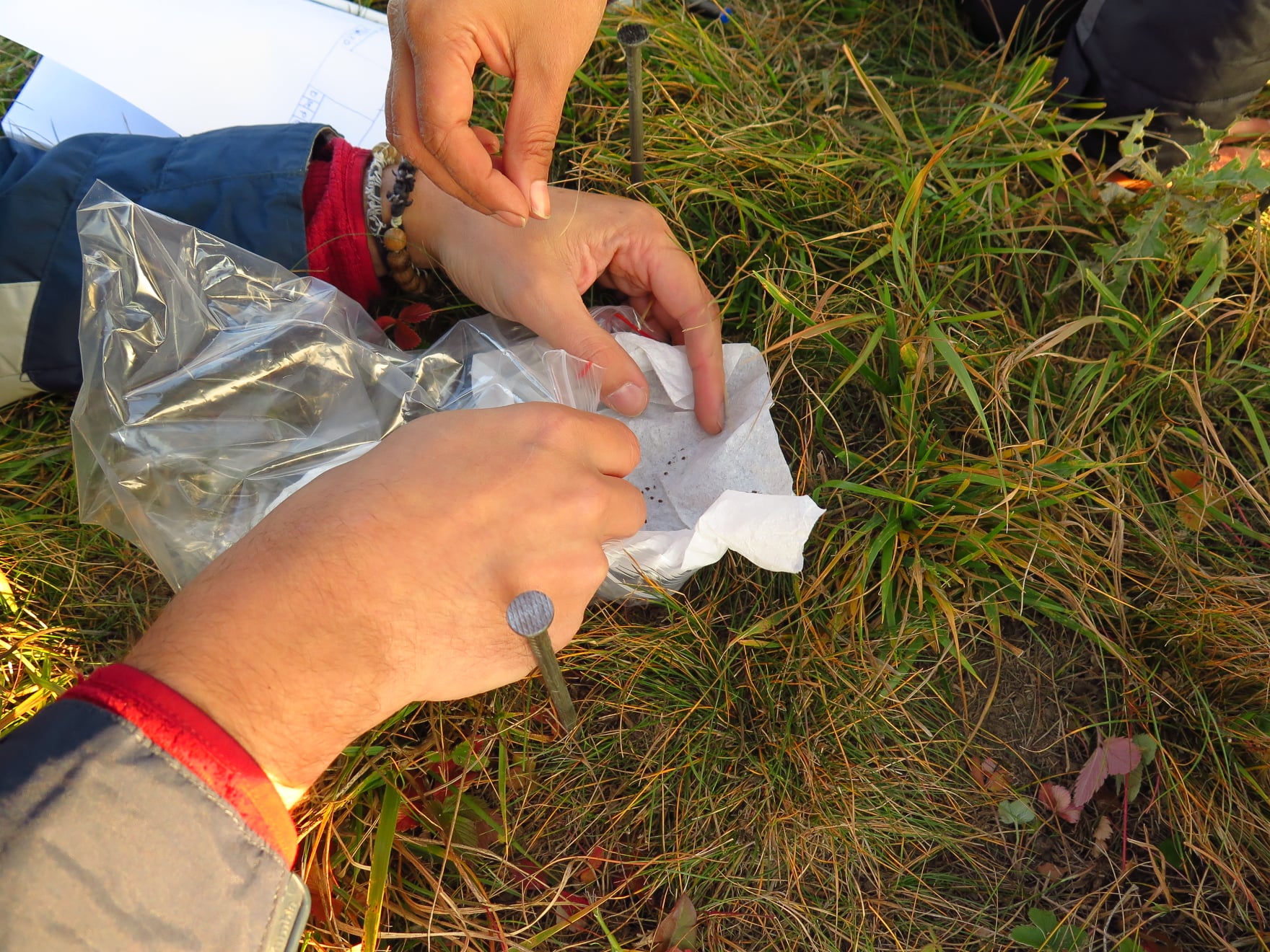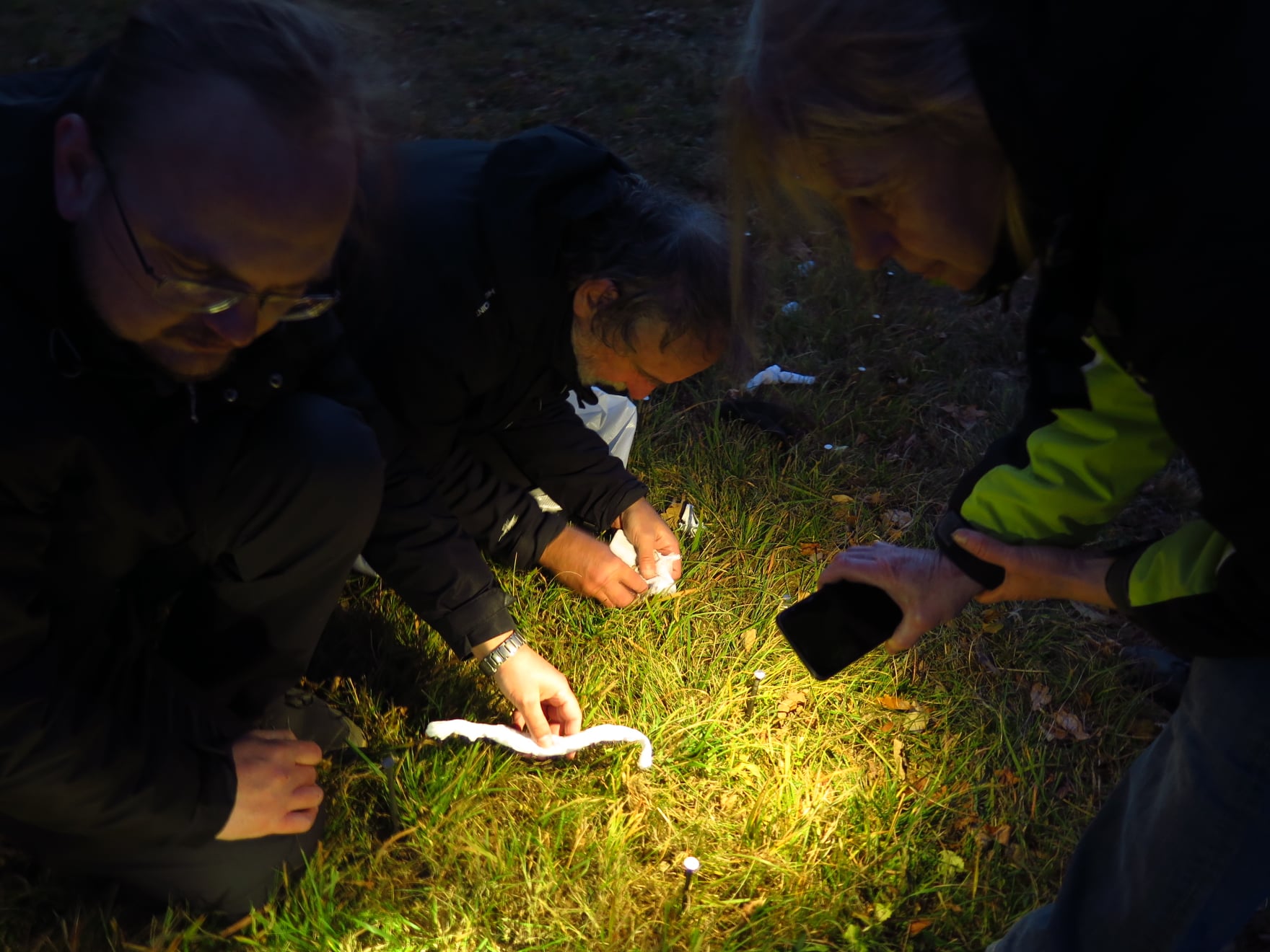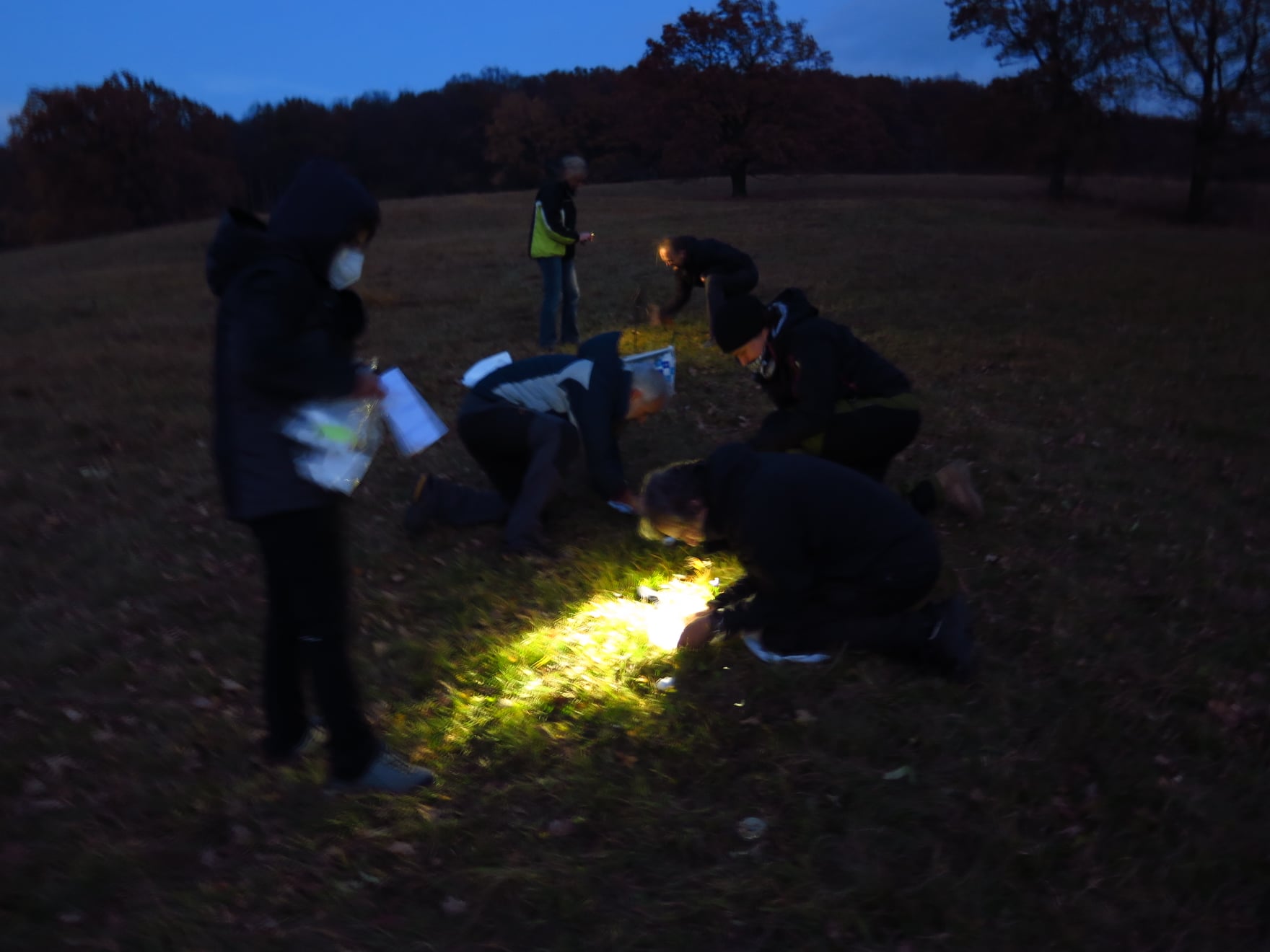|
Published on Jul 12, 2022
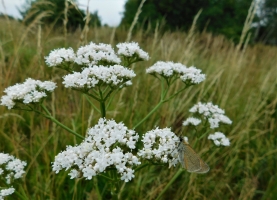 A lot of people visit Carlsbad at the time of the Film Festival but this year an unexpected thing has happened - we visited it too. But only true connoisseurs scorn the red carpet, colonnade, and Vřídlo, pass the hotels PUP and Thermal, and head ..... to the waste dump. As soon as we got out of the car, a car of the Czech TV stopped nearby. Unfortunately, they did not follow us to the waste dump, even though we have a lot to offer. Our new bachelor student, Anička Grambalová, will design a biodiversity roof for the building that will be built on this neglected site. Because we need to know what grows and lives there, we went to the waste dump for the second time. And we were surprised about the number of species occurring in such a place. A lot of people visit Carlsbad at the time of the Film Festival but this year an unexpected thing has happened - we visited it too. But only true connoisseurs scorn the red carpet, colonnade, and Vřídlo, pass the hotels PUP and Thermal, and head ..... to the waste dump. As soon as we got out of the car, a car of the Czech TV stopped nearby. Unfortunately, they did not follow us to the waste dump, even though we have a lot to offer. Our new bachelor student, Anička Grambalová, will design a biodiversity roof for the building that will be built on this neglected site. Because we need to know what grows and lives there, we went to the waste dump for the second time. And we were surprised about the number of species occurring in such a place.
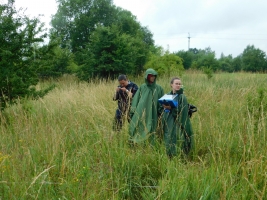 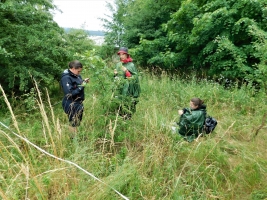 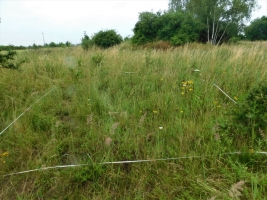 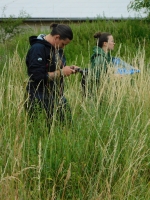 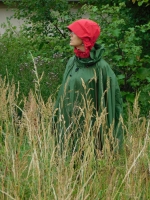
Published on Jun 28, 2022
Published on May 12, 2022
 The result of a project, which arose as a public activity within the participatory projects supported by the city of České Budějovice, is the establishment of other flowering strips, this time near Družba, close to the Church of St. John the Baptist and St. Prokop. The Restoration Ecology Working Group contributed with an expert consultation, the realization was carried out by Vojtěch Študent. The result of a project, which arose as a public activity within the participatory projects supported by the city of České Budějovice, is the establishment of other flowering strips, this time near Družba, close to the Church of St. John the Baptist and St. Prokop. The Restoration Ecology Working Group contributed with an expert consultation, the realization was carried out by Vojtěch Študent.
(Photo: Vojtěch Študent)
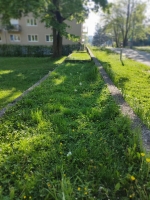 
Published on May 11, 2022
Published on Apr 25, 2022
 In cooperation with our colleagues from Spain, Germany, Norway, and the European Chapter of the Society for Ecological Restoration, we are launching a project that aims to find out how the restoration ecology stands. Across different disciplines and sectors, from high schools, through farmers, to NGOs, we will search what we already know about restoration ecology and try to identify knowledge gaps. Our findings should contribute to improving the vocational training in restoration ecology in the future. For more information see http://www.restoration-ecology.eu/trainer. In cooperation with our colleagues from Spain, Germany, Norway, and the European Chapter of the Society for Ecological Restoration, we are launching a project that aims to find out how the restoration ecology stands. Across different disciplines and sectors, from high schools, through farmers, to NGOs, we will search what we already know about restoration ecology and try to identify knowledge gaps. Our findings should contribute to improving the vocational training in restoration ecology in the future. For more information see http://www.restoration-ecology.eu/trainer.

Published on Feb 11, 2022
Published on Dec 14, 2021
 The European Chapter of the Society for Ecological Restoration calls on the European Commission to take into account, develop and incorporate twelve recommendations in the process of reducing biodiversity loss and climate change when discussing the new law on restoration and nature protection. The Declaration has already been signed by more than 1,300 scientists and supported by 30 organizations. #Science4EUrestorenature The European Chapter of the Society for Ecological Restoration calls on the European Commission to take into account, develop and incorporate twelve recommendations in the process of reducing biodiversity loss and climate change when discussing the new law on restoration and nature protection. The Declaration has already been signed by more than 1,300 scientists and supported by 30 organizations. #Science4EUrestorenature

Published on Nov 14, 2021
<
1
...
7
8
9
10
11
...
23
>
|
|
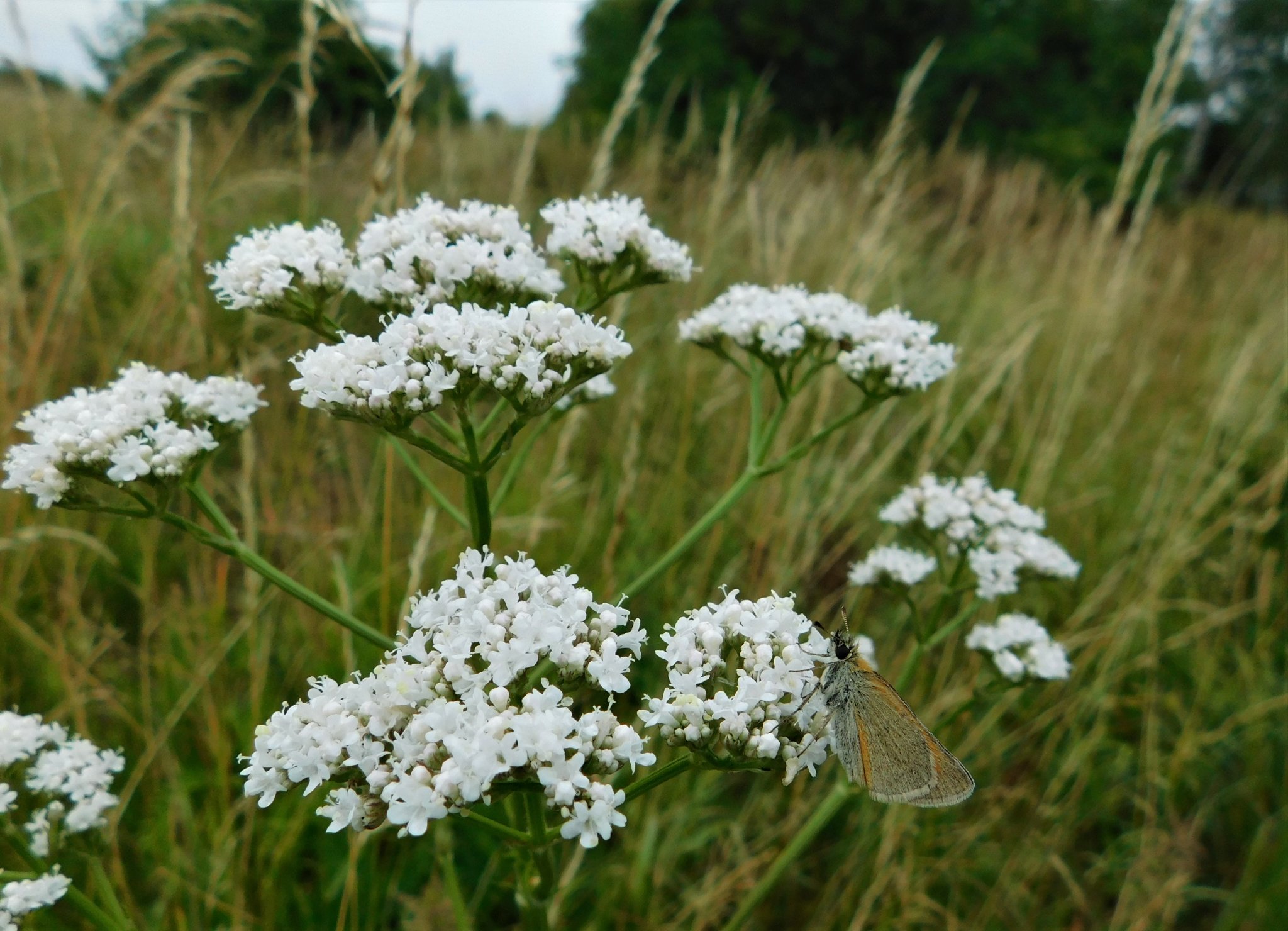 A lot of people visit Carlsbad at the time of the Film Festival but this year an unexpected thing has happened - we visited it too. But only true connoisseurs scorn the red carpet, colonnade, and Vřídlo, pass the hotels PUP and Thermal, and head ..... to the waste dump. As soon as we got out of the car, a car of the Czech TV stopped nearby. Unfortunately, they did not follow us to the waste dump, even though we have a lot to offer. Our new bachelor student, Anička Grambalová, will design a biodiversity roof for the building that will be built on this neglected site. Because we need to know what grows and lives there, we went to the waste dump for the second time. And we were surprised about the number of species occurring in such a place.
A lot of people visit Carlsbad at the time of the Film Festival but this year an unexpected thing has happened - we visited it too. But only true connoisseurs scorn the red carpet, colonnade, and Vřídlo, pass the hotels PUP and Thermal, and head ..... to the waste dump. As soon as we got out of the car, a car of the Czech TV stopped nearby. Unfortunately, they did not follow us to the waste dump, even though we have a lot to offer. Our new bachelor student, Anička Grambalová, will design a biodiversity roof for the building that will be built on this neglected site. Because we need to know what grows and lives there, we went to the waste dump for the second time. And we were surprised about the number of species occurring in such a place.
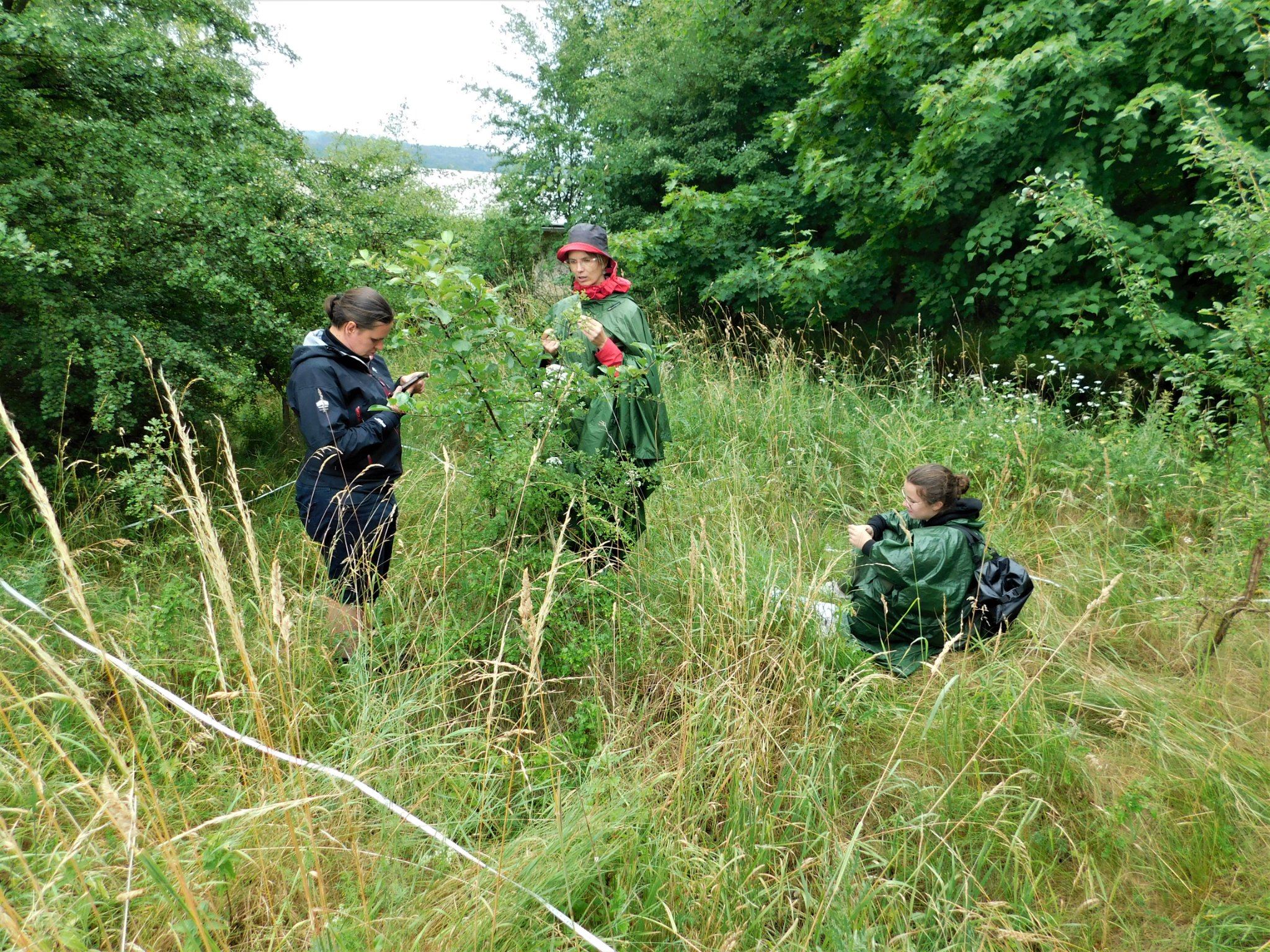
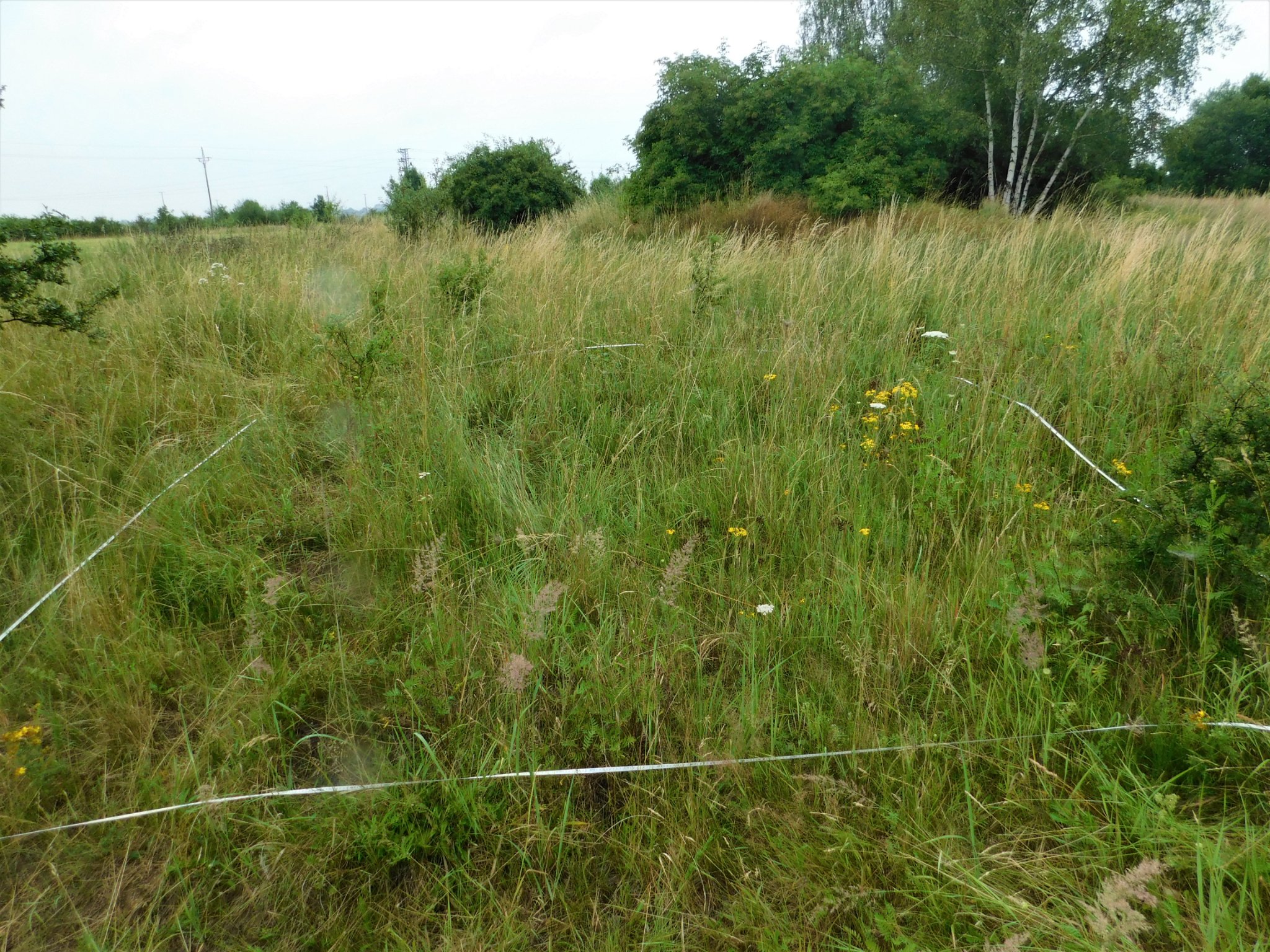
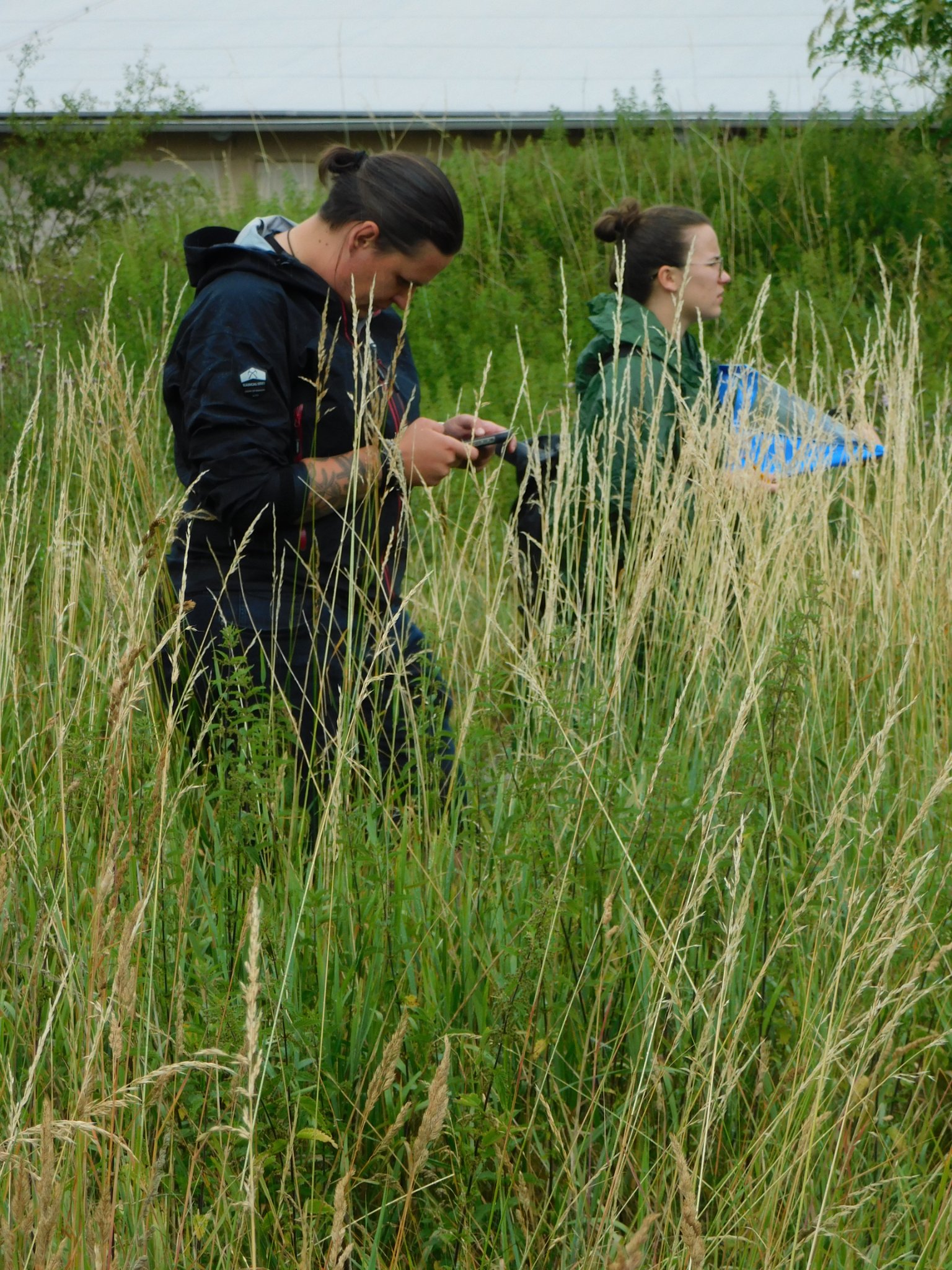
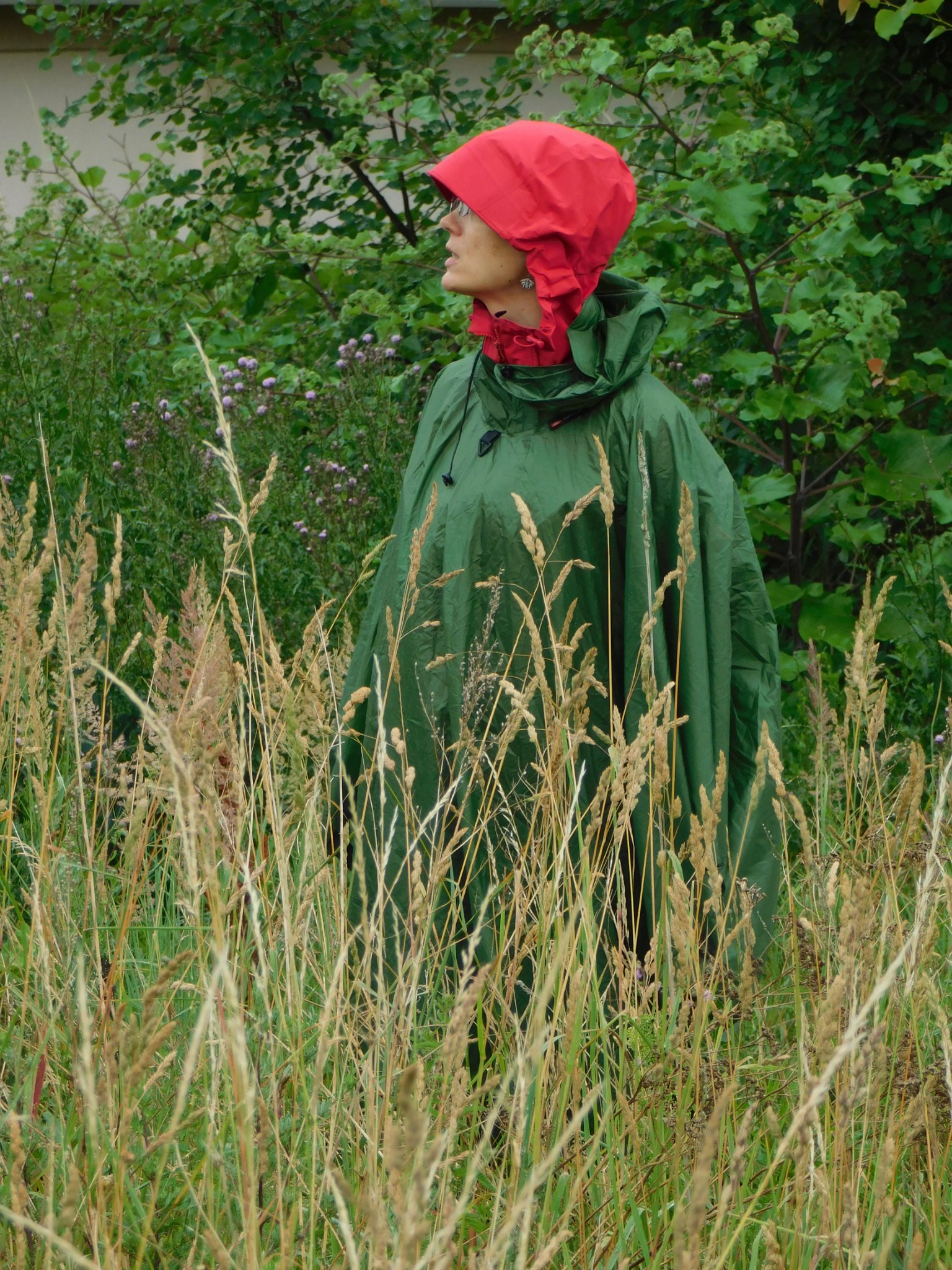
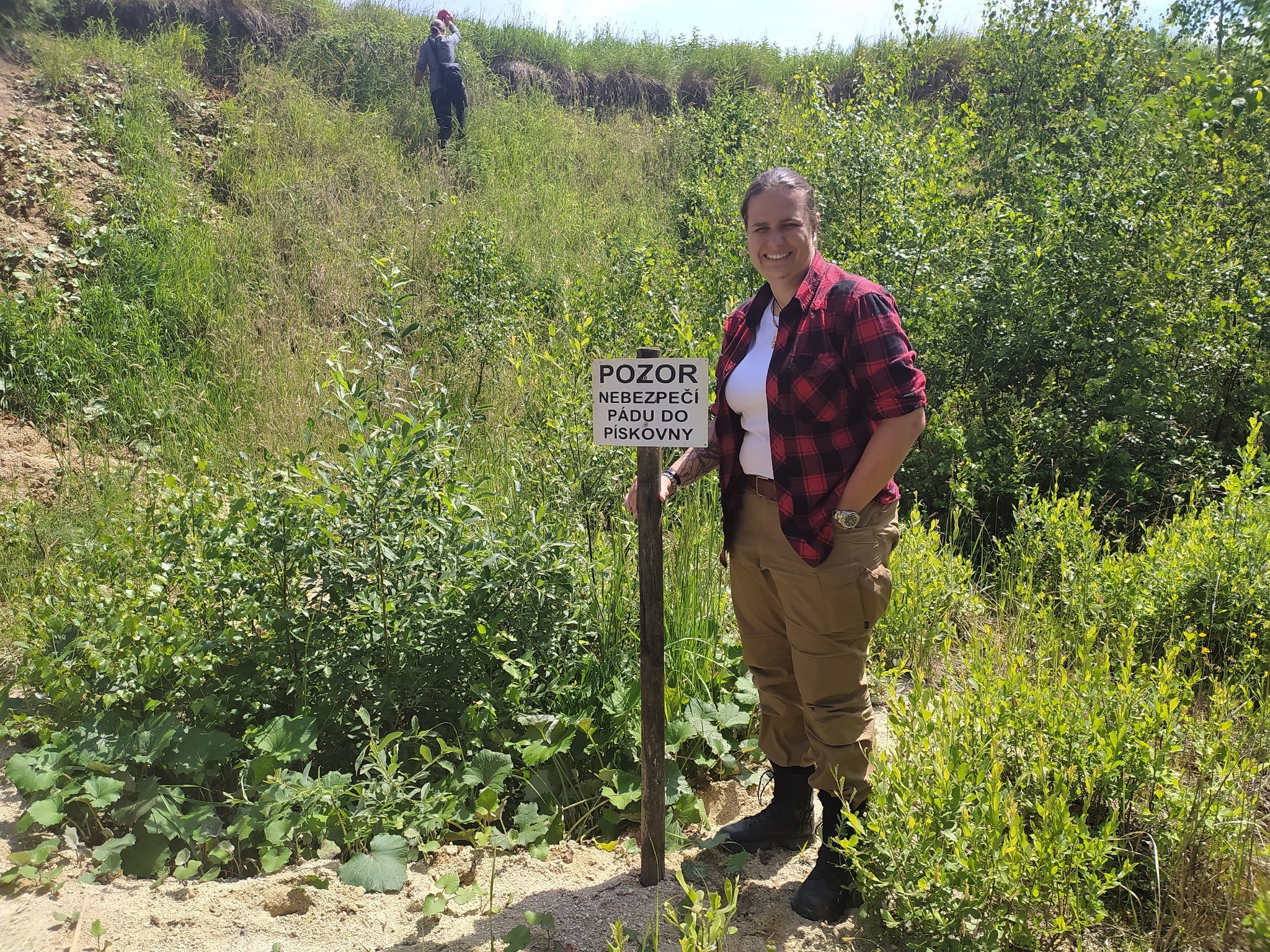 Caution! Even the work of a restoration ecologist can be risky! During the vegetation season we will visit a number of sites and during this adventure we are constantly exposed to various dangers - for example, falling into the sand pits, burns from the sun, or on the contrary the all-day rain, scars caused by treacherous flora ... Moreover we must constantly keep our eyes open because large herbivores are often very close.
Caution! Even the work of a restoration ecologist can be risky! During the vegetation season we will visit a number of sites and during this adventure we are constantly exposed to various dangers - for example, falling into the sand pits, burns from the sun, or on the contrary the all-day rain, scars caused by treacherous flora ... Moreover we must constantly keep our eyes open because large herbivores are often very close.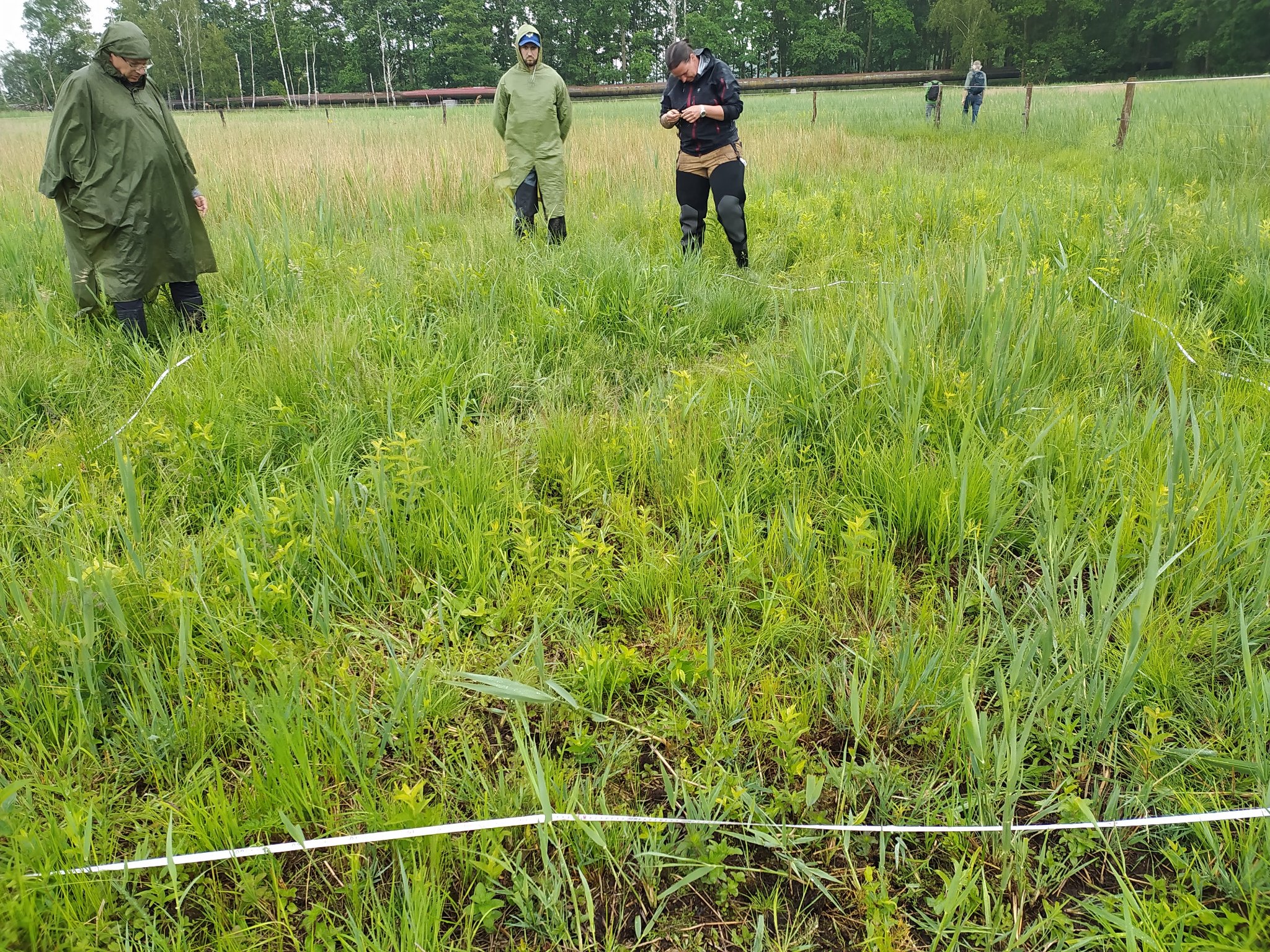
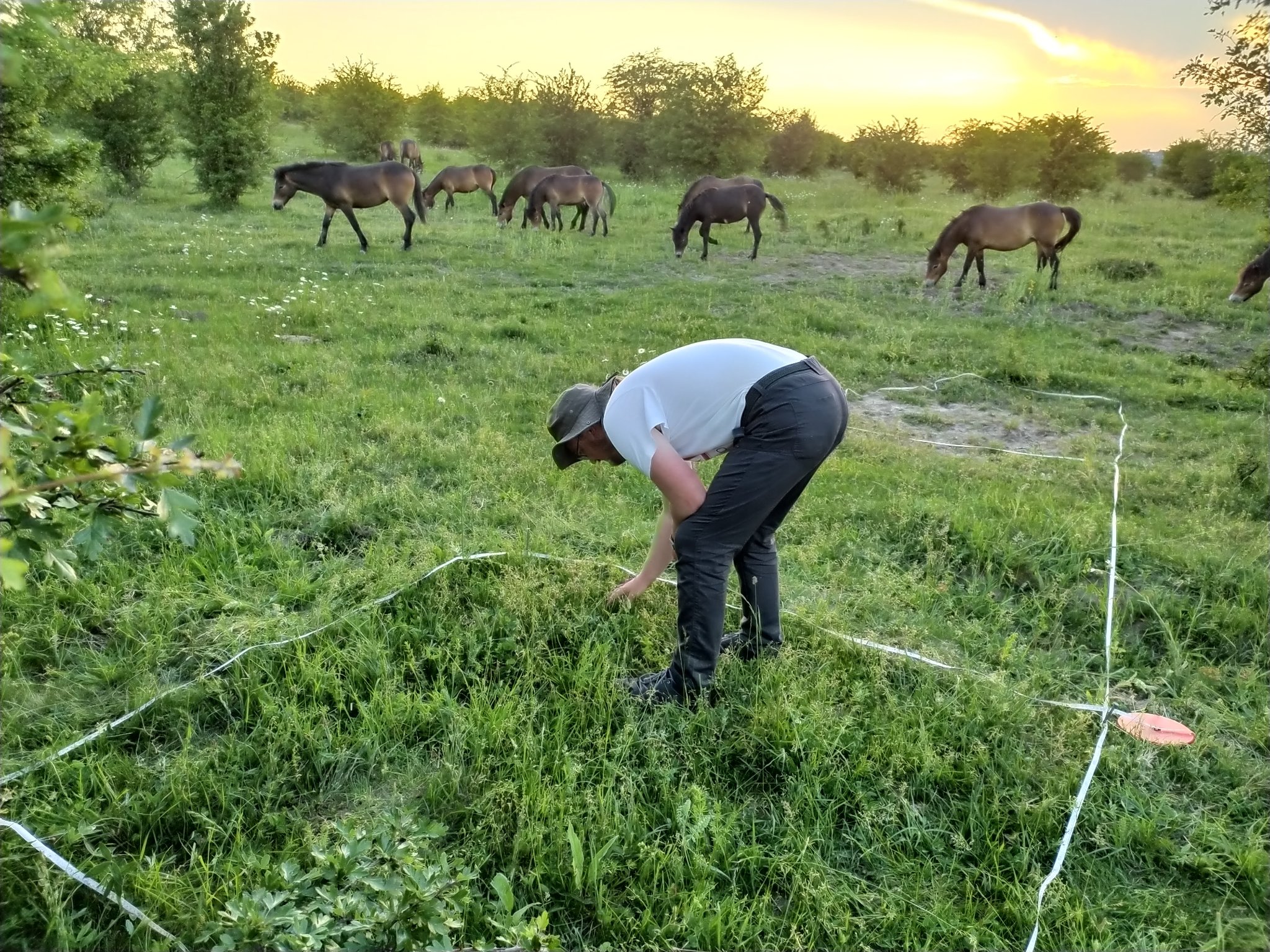
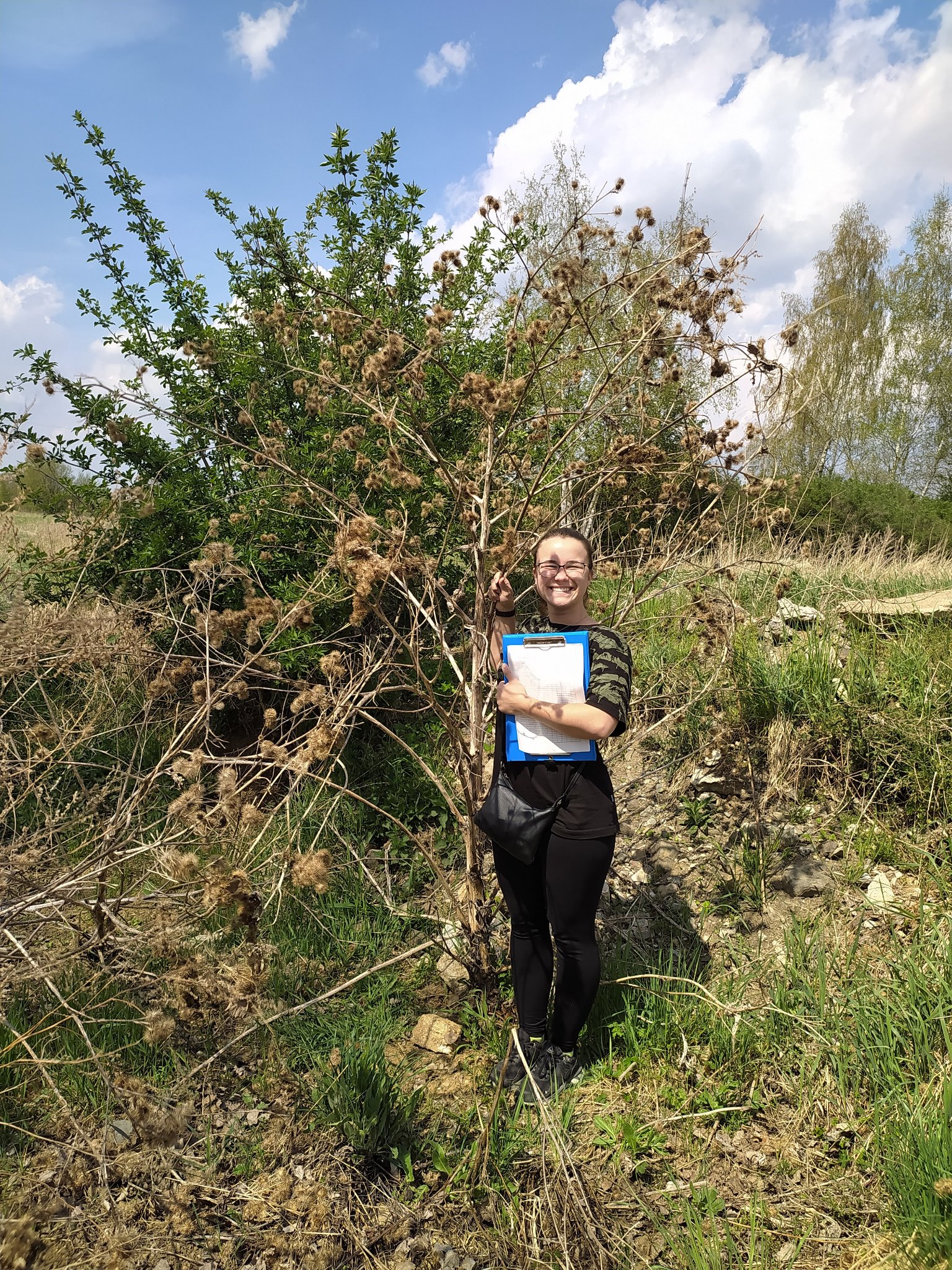
 The result of a project, which arose as a public activity within the participatory projects supported by the city of České Budějovice, is the establishment of other flowering strips, this time near Družba, close to the Church of St. John the Baptist and St. Prokop. The Restoration Ecology Working Group contributed with an expert consultation, the realization was carried out by Vojtěch Študent.
The result of a project, which arose as a public activity within the participatory projects supported by the city of České Budějovice, is the establishment of other flowering strips, this time near Družba, close to the Church of St. John the Baptist and St. Prokop. The Restoration Ecology Working Group contributed with an expert consultation, the realization was carried out by Vojtěch Študent.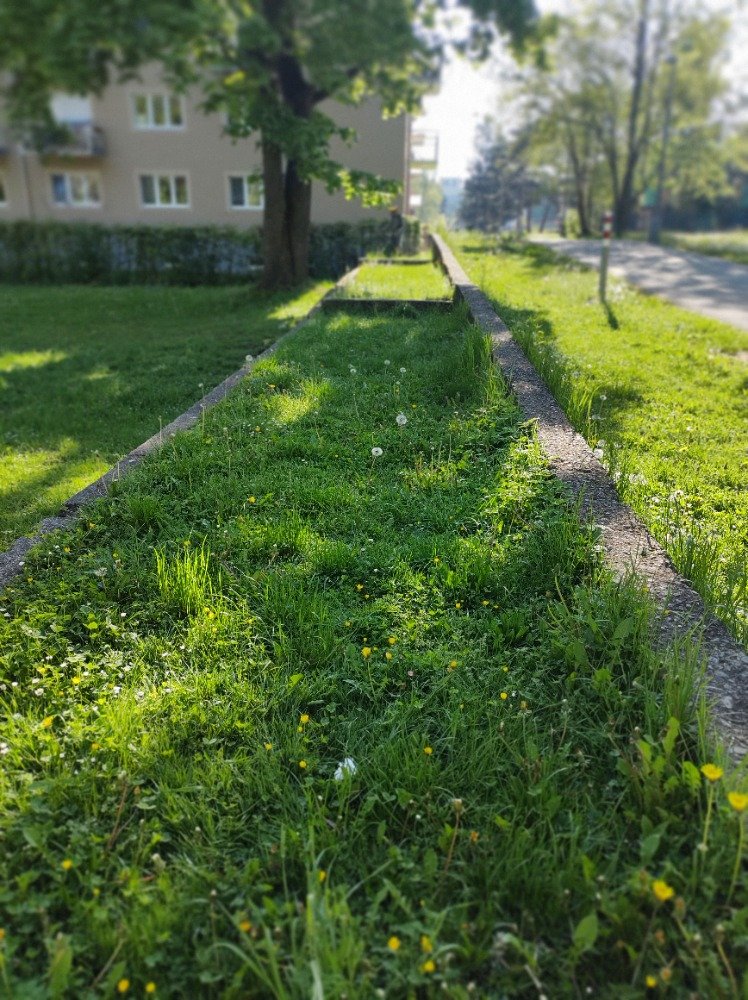
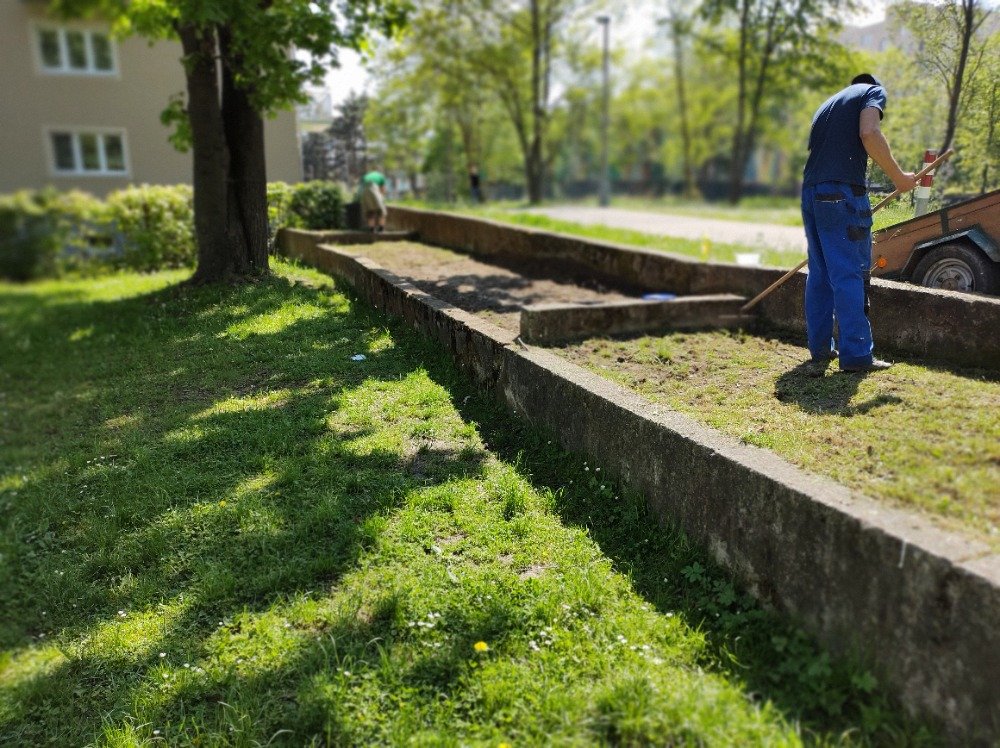
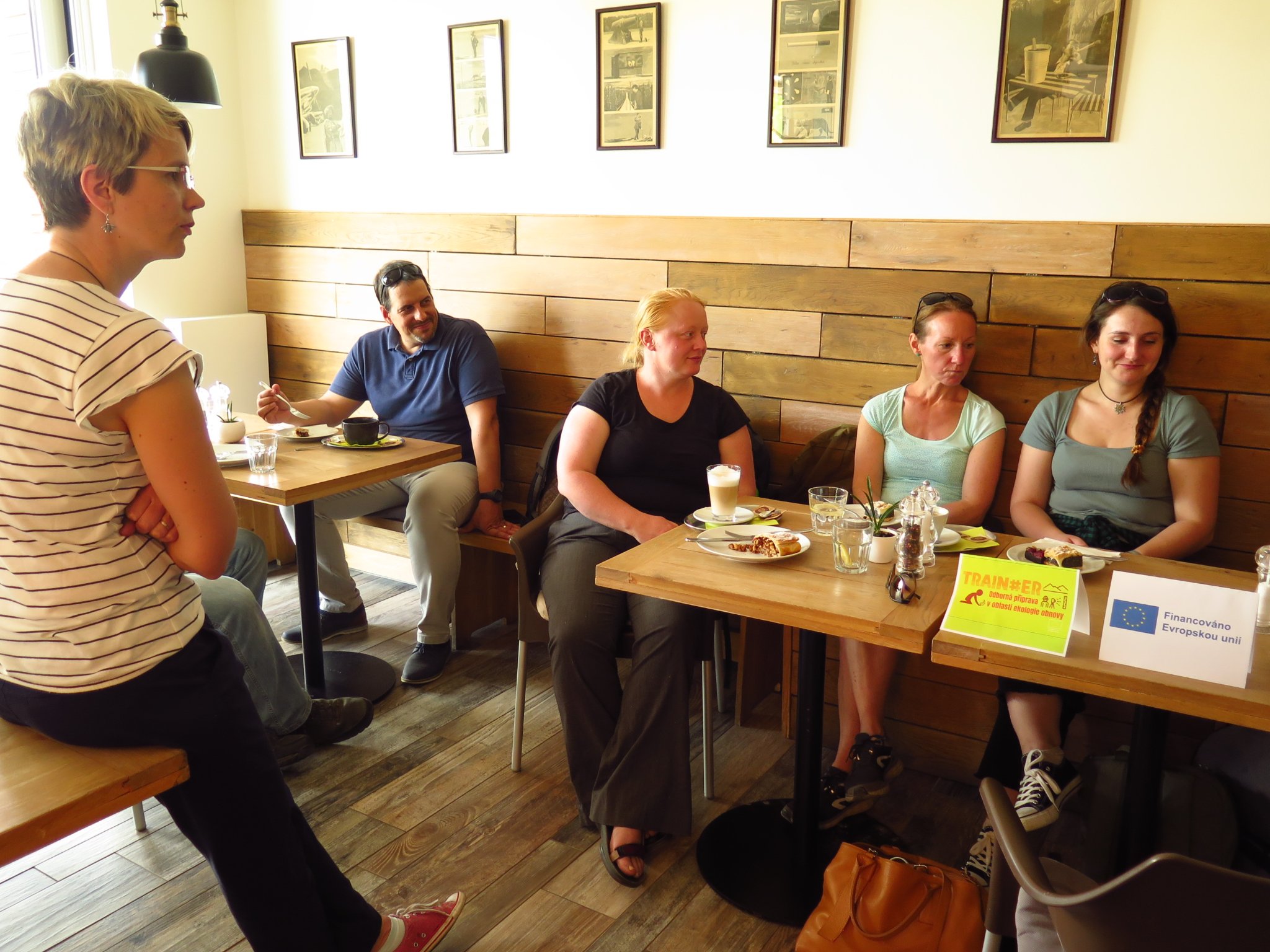 Yesterday, 10th of May, the "Focus group" activity took place in Prague. A group of people dealing with ecological restoration in the Czech Republic discussed the necessity and need for its integration into vocational education and training. From our point of view, the discussion was very interesting and beneficial. The event also included an excursion with examples of good practice.
Yesterday, 10th of May, the "Focus group" activity took place in Prague. A group of people dealing with ecological restoration in the Czech Republic discussed the necessity and need for its integration into vocational education and training. From our point of view, the discussion was very interesting and beneficial. The event also included an excursion with examples of good practice.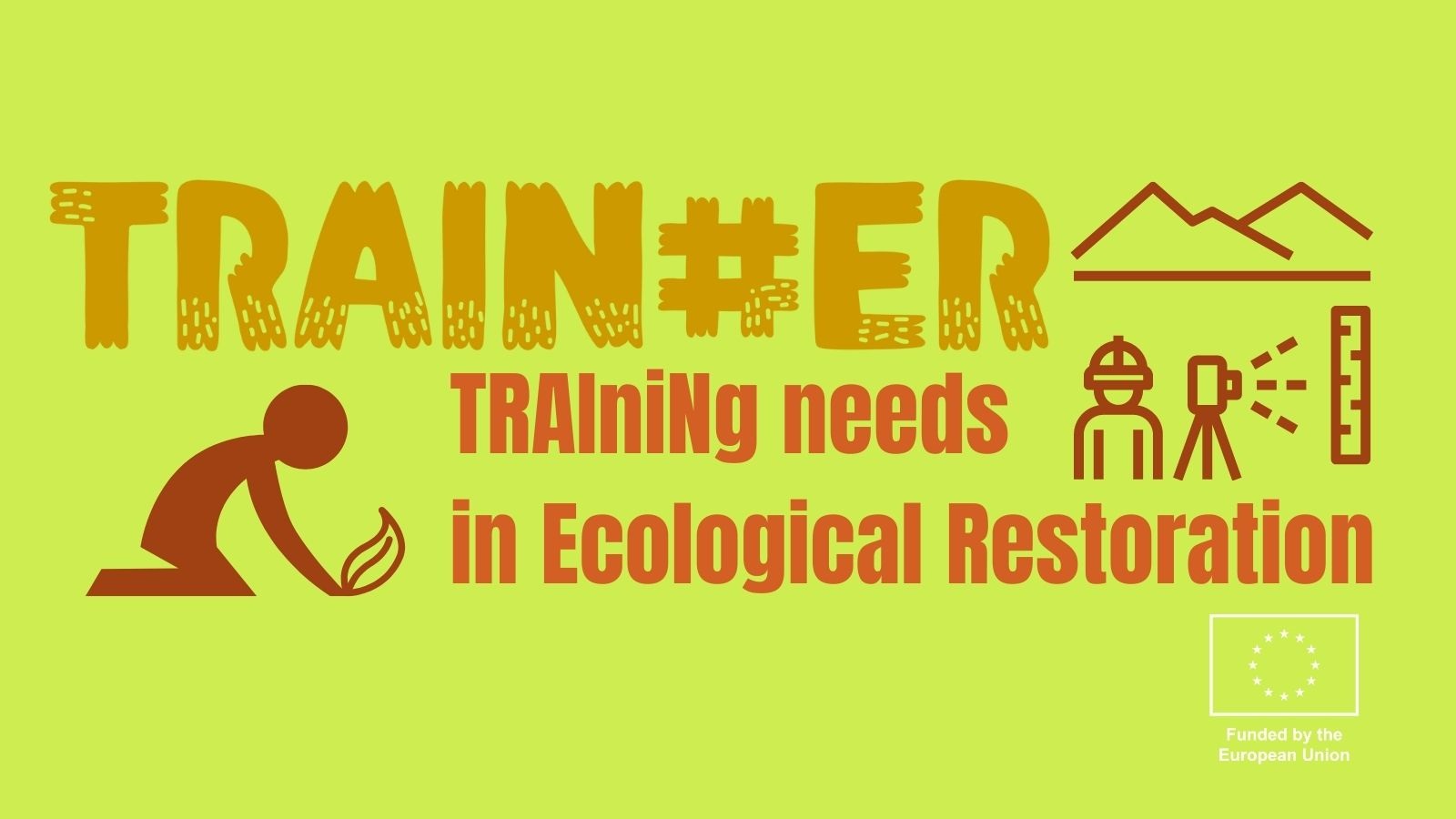

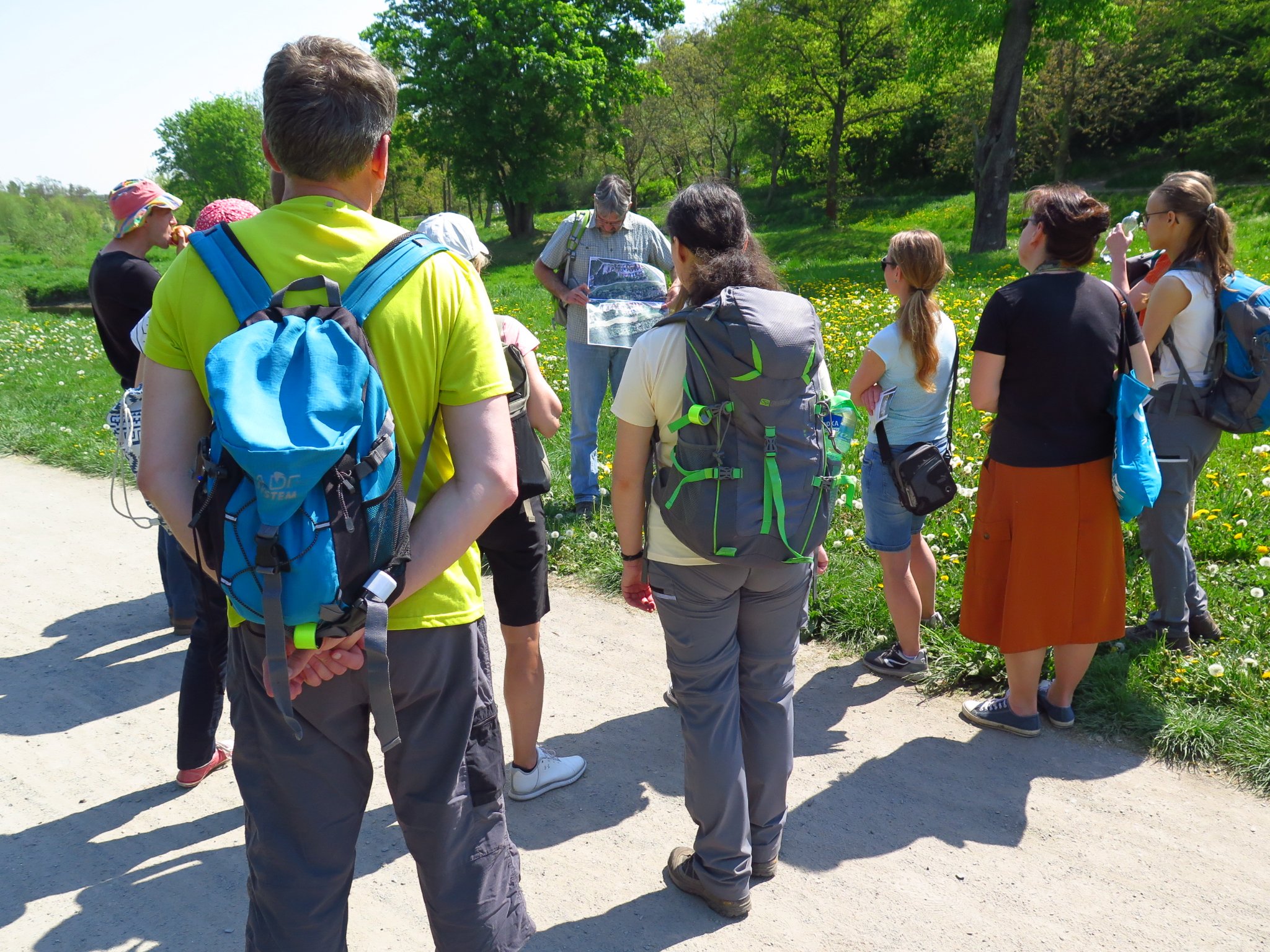
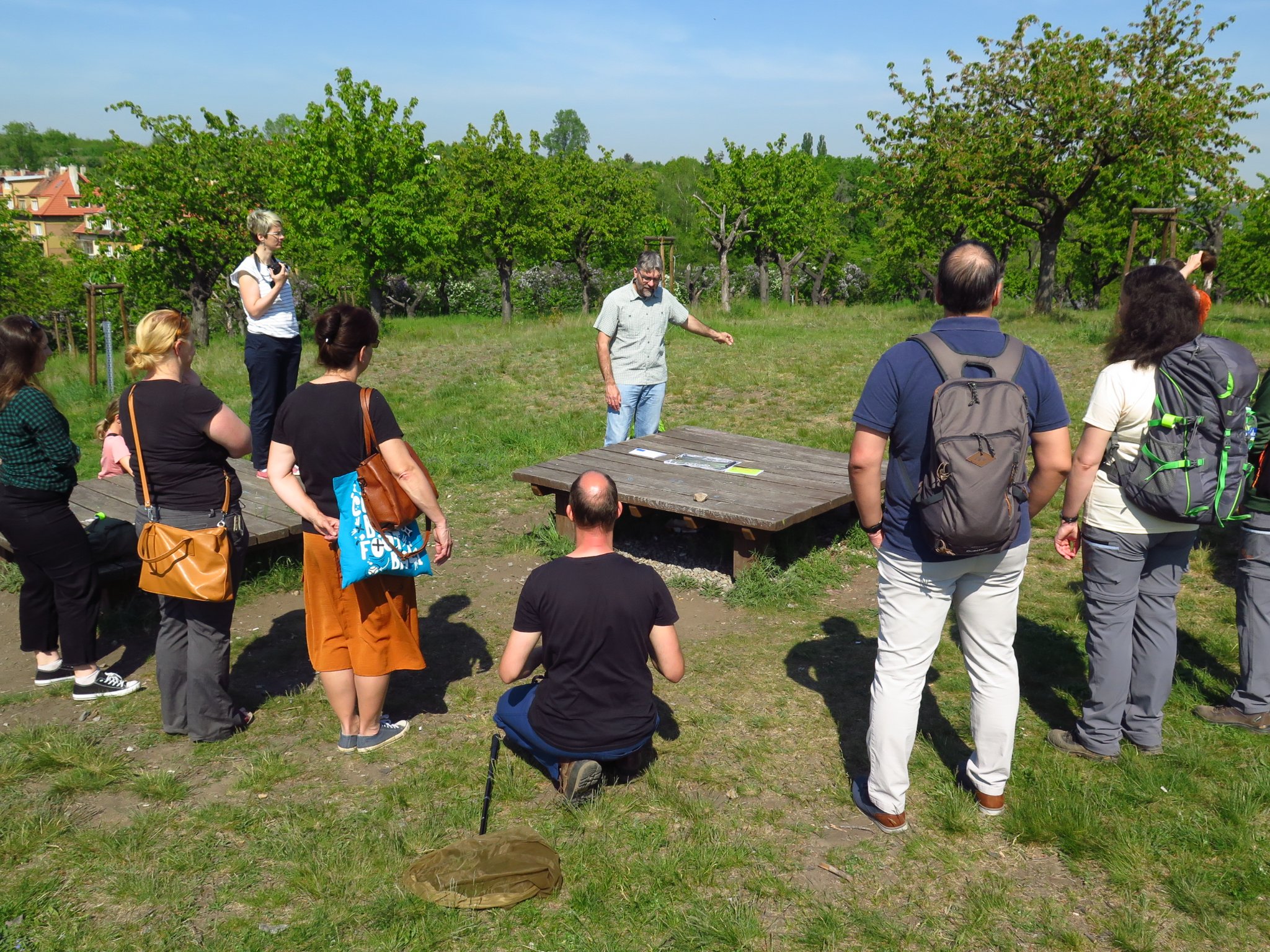
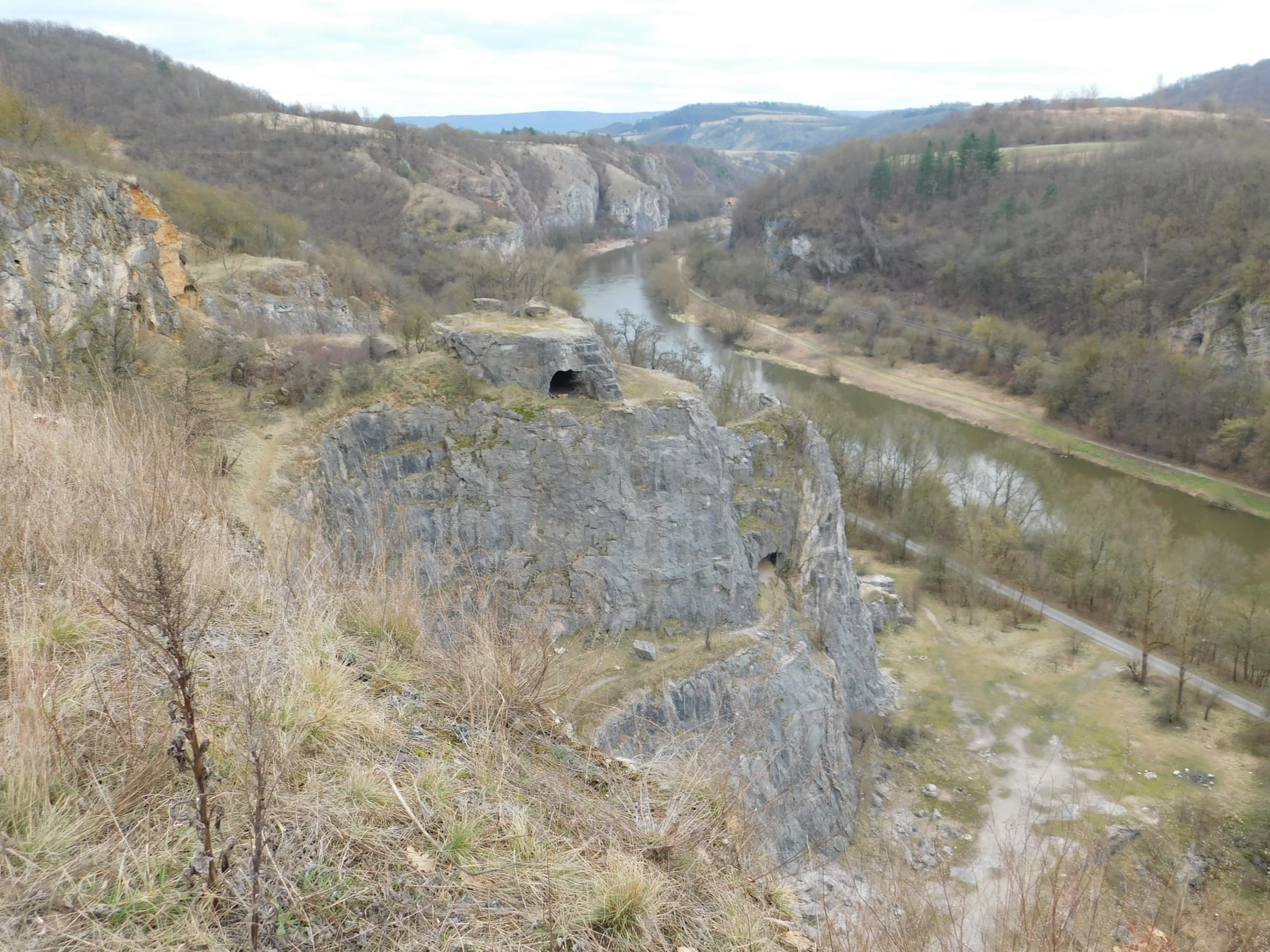 The quarries in the Bohemian Karst are very impressive even outside the vegetation season. We took advantage of it and selected suitable experimental plots and established an experiment there. In this dramatic environment, Farwa will monitor the establishment success of several sown species in younger and older successional stages. And because there never are too many experiments, we established a similar experiment in a re-grassed field. But most importantly, all plots were localized by our brand new geodetic GPS! The adventure does not end there - next week, we plan to visit active quarries where we (firmly believe) will find young successional stages and establish other experimental plots.
The quarries in the Bohemian Karst are very impressive even outside the vegetation season. We took advantage of it and selected suitable experimental plots and established an experiment there. In this dramatic environment, Farwa will monitor the establishment success of several sown species in younger and older successional stages. And because there never are too many experiments, we established a similar experiment in a re-grassed field. But most importantly, all plots were localized by our brand new geodetic GPS! The adventure does not end there - next week, we plan to visit active quarries where we (firmly believe) will find young successional stages and establish other experimental plots.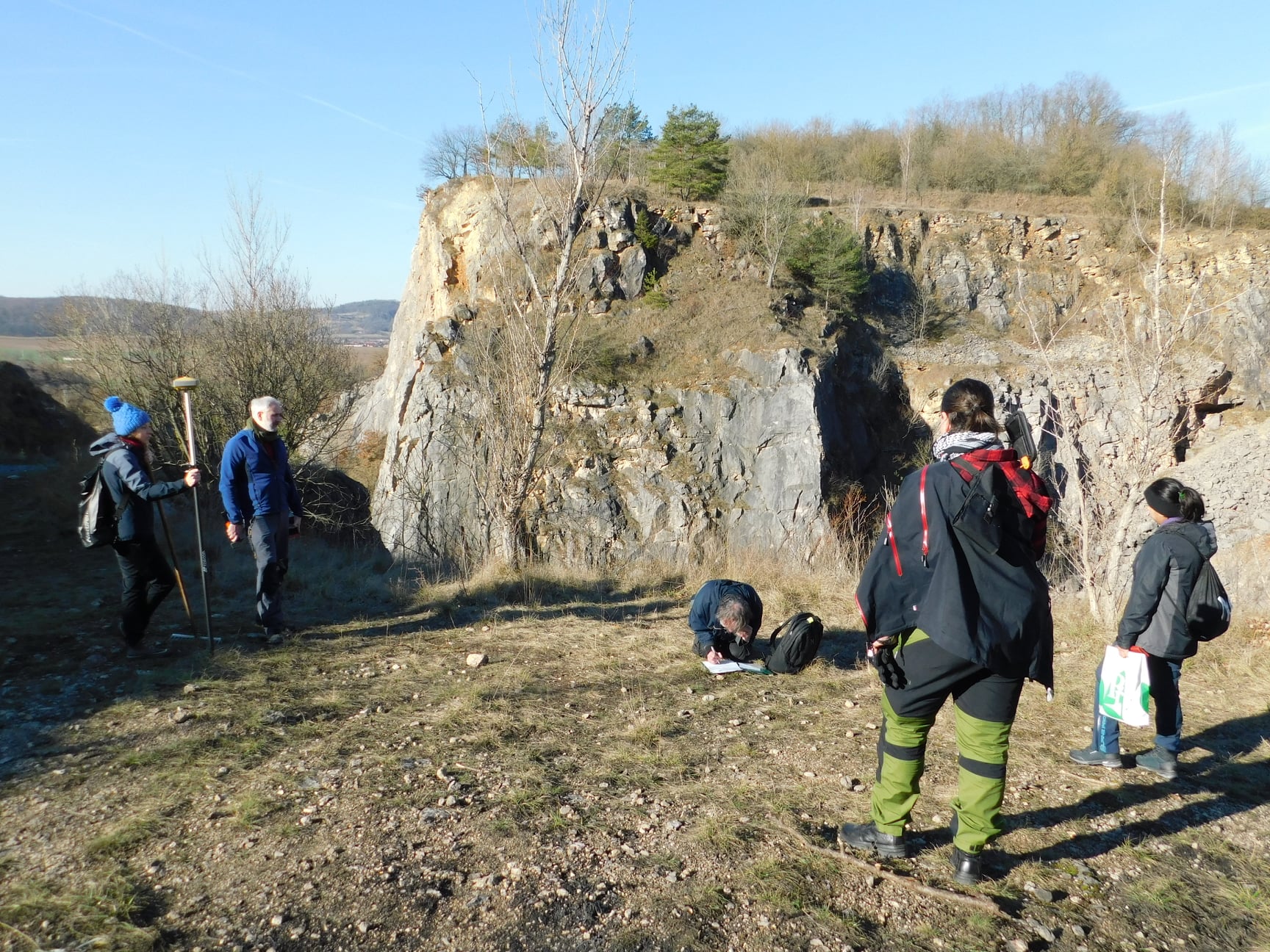
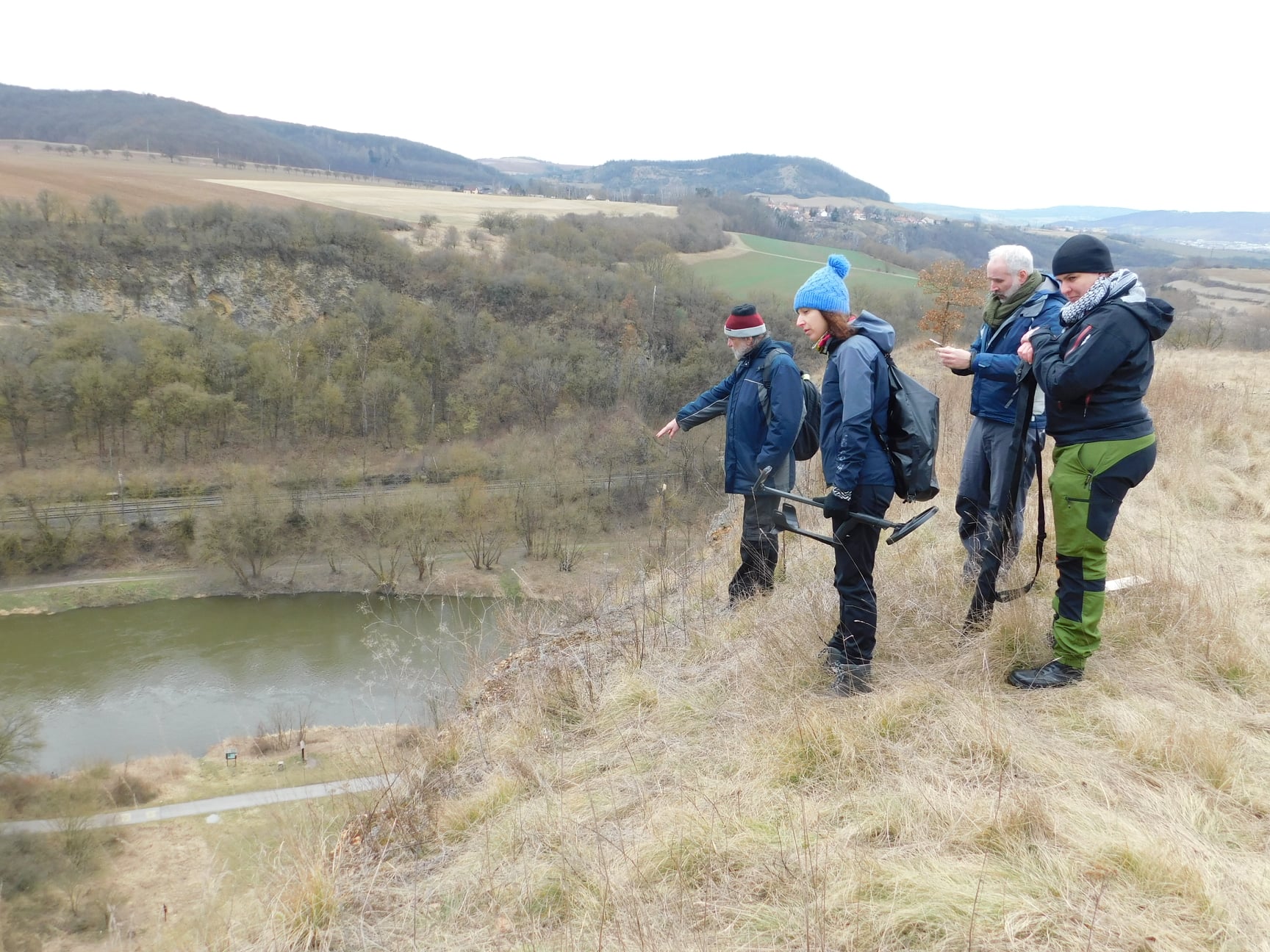

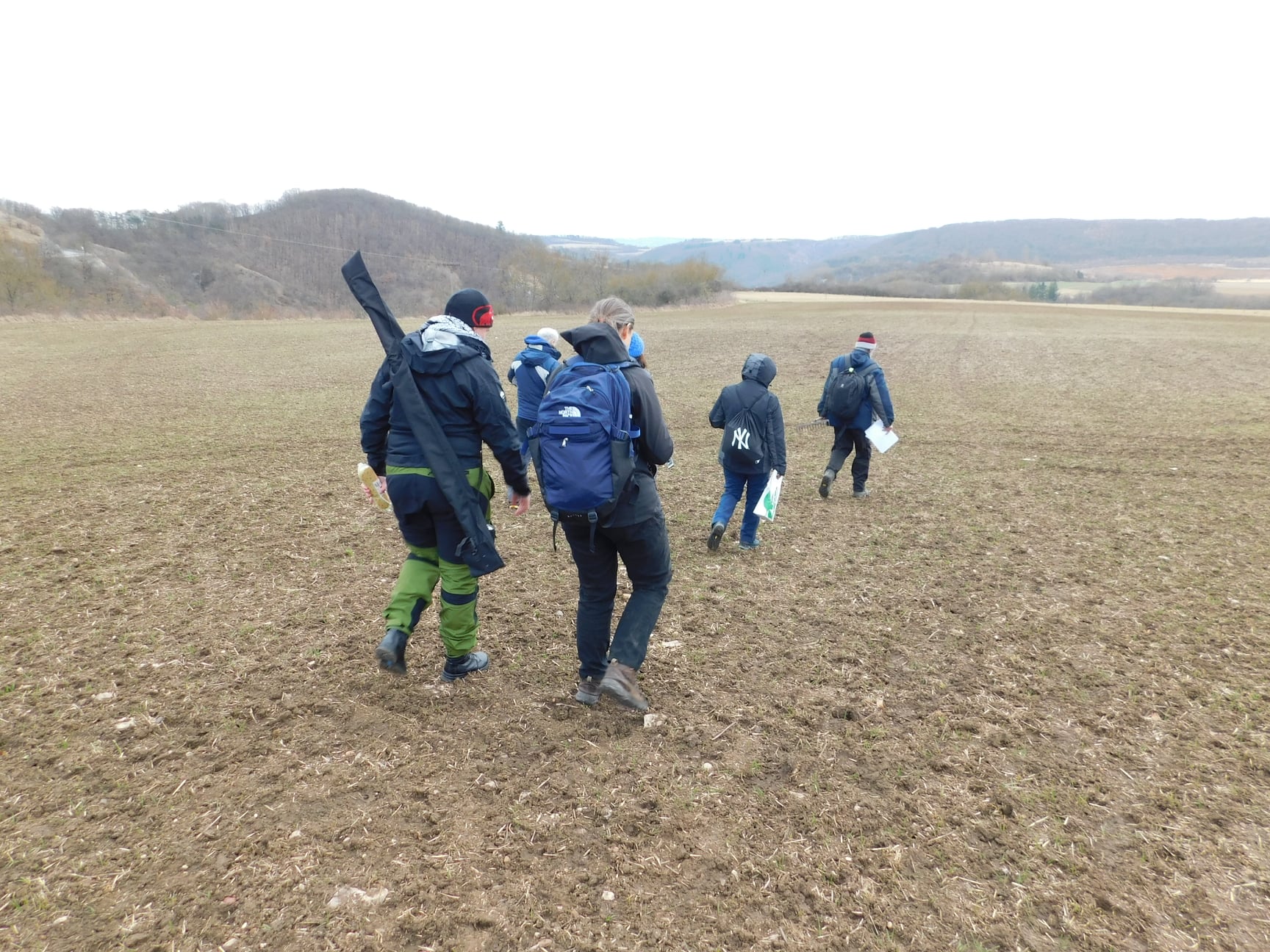
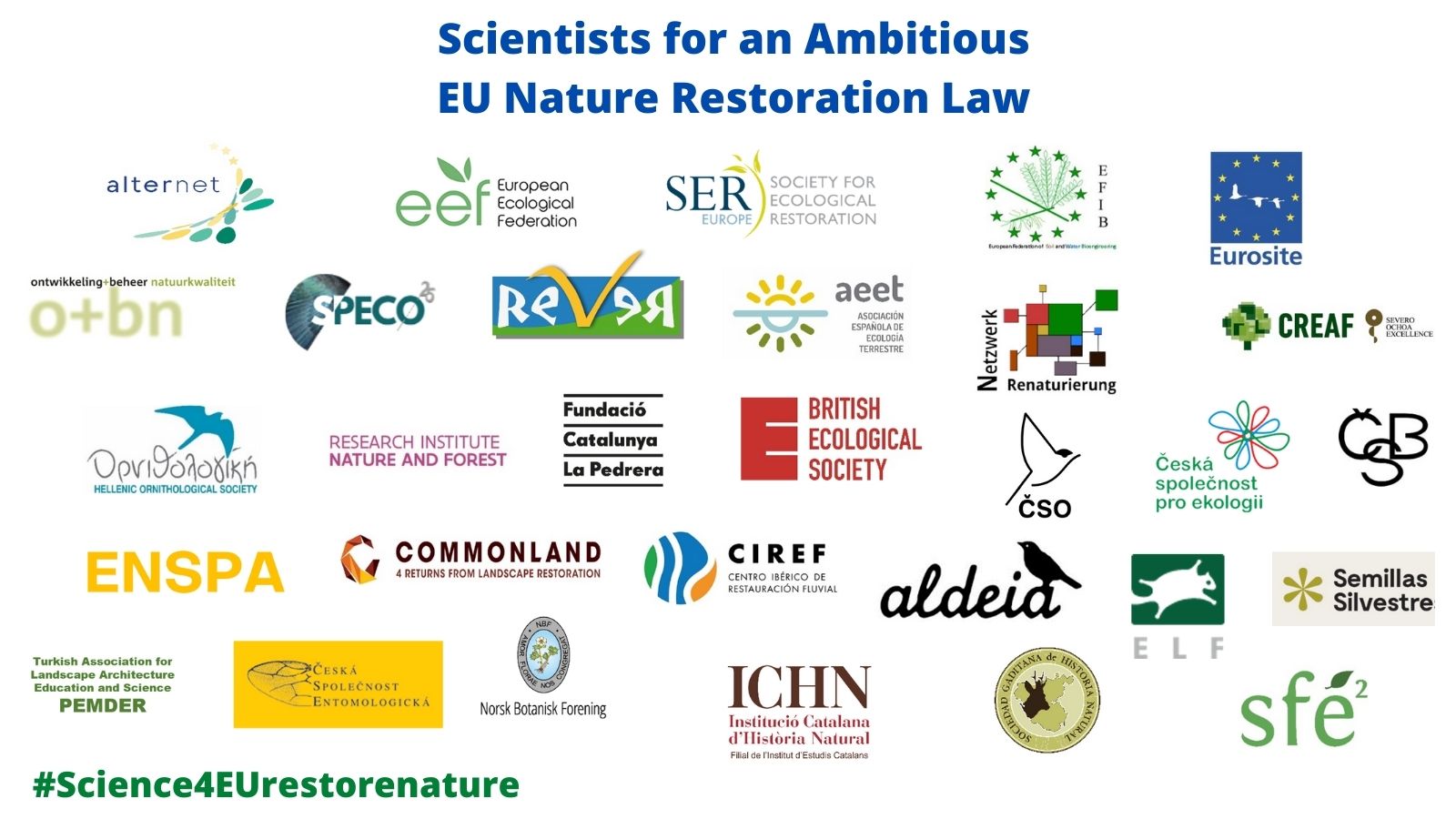 The European Chapter of the Society for Ecological Restoration calls on the European Commission to take into account, develop and incorporate twelve recommendations in the process of reducing biodiversity loss and climate change when discussing the new law on restoration and nature protection. The
The European Chapter of the Society for Ecological Restoration calls on the European Commission to take into account, develop and incorporate twelve recommendations in the process of reducing biodiversity loss and climate change when discussing the new law on restoration and nature protection. The 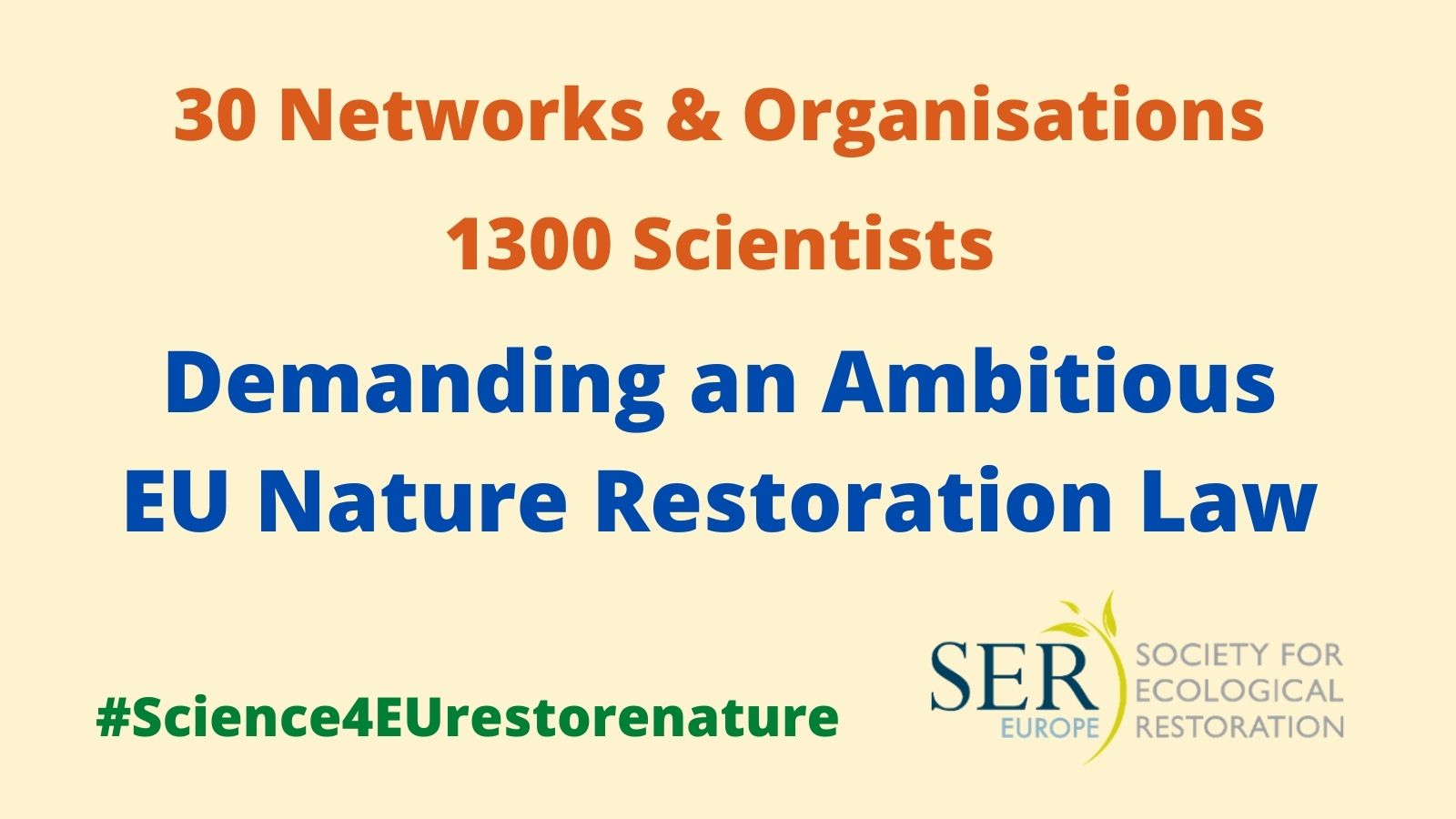
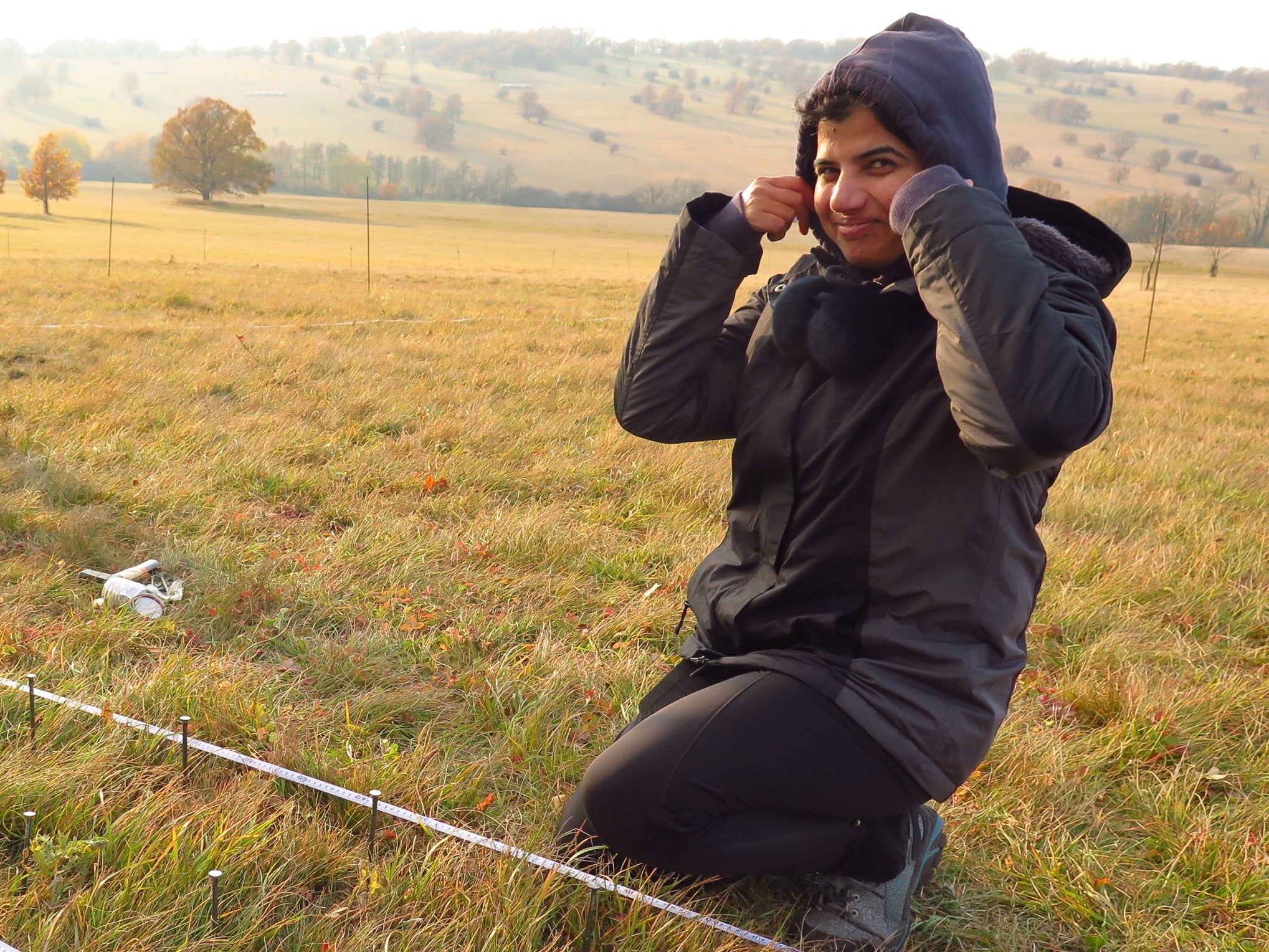 Sometimes you need to be flexible - when you cannot do your PhD research in Pakistan due to a pandemic and you choose White Carpathians instead. And sometimes it is necessary even for botanists to have a headlamp in the field - when you establish an experiment and sow meadow species into meadows restored using regional seed mixtures and it gets dark. Good luck to our PhD student Ume Farwa!
Sometimes you need to be flexible - when you cannot do your PhD research in Pakistan due to a pandemic and you choose White Carpathians instead. And sometimes it is necessary even for botanists to have a headlamp in the field - when you establish an experiment and sow meadow species into meadows restored using regional seed mixtures and it gets dark. Good luck to our PhD student Ume Farwa!